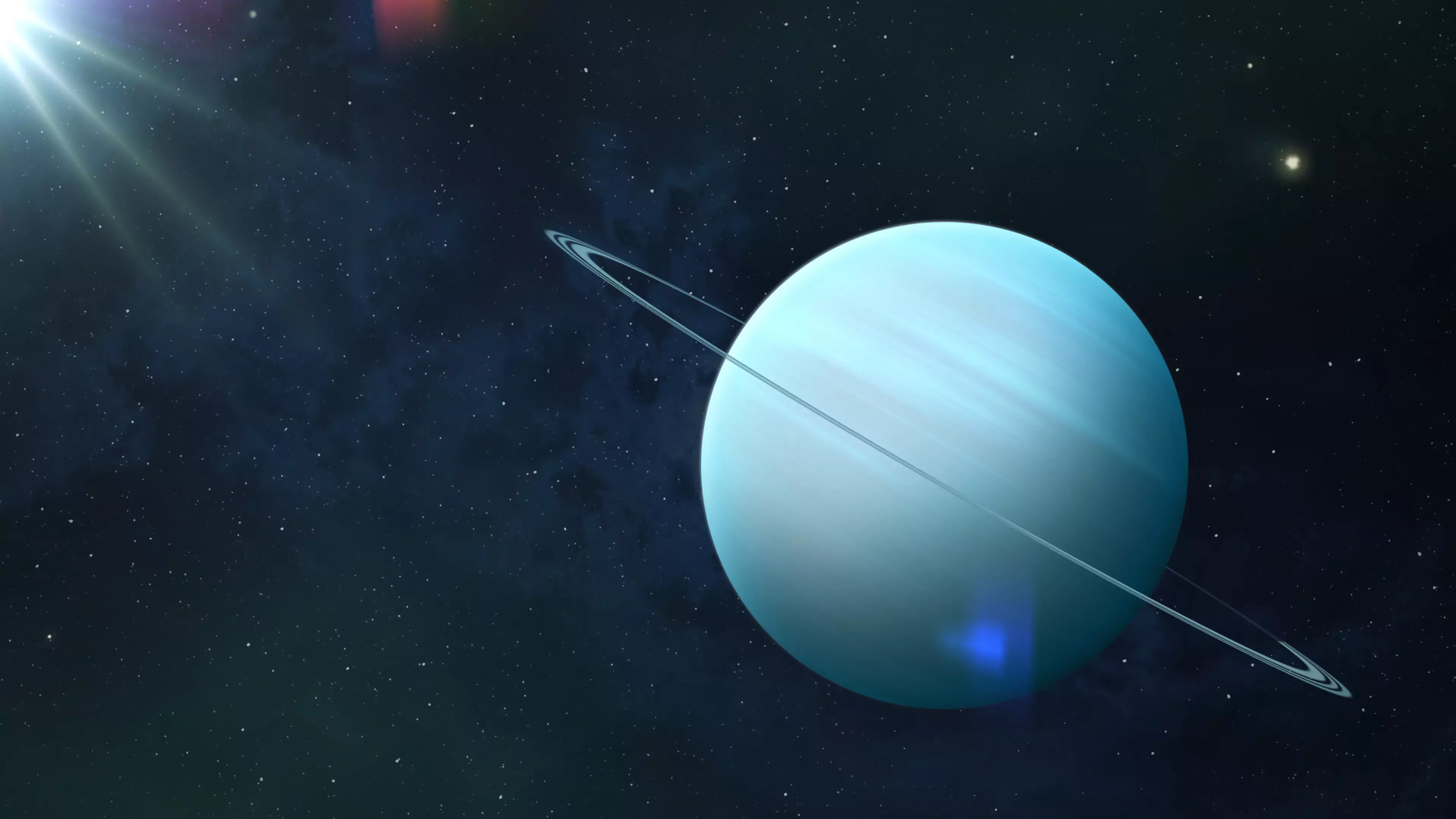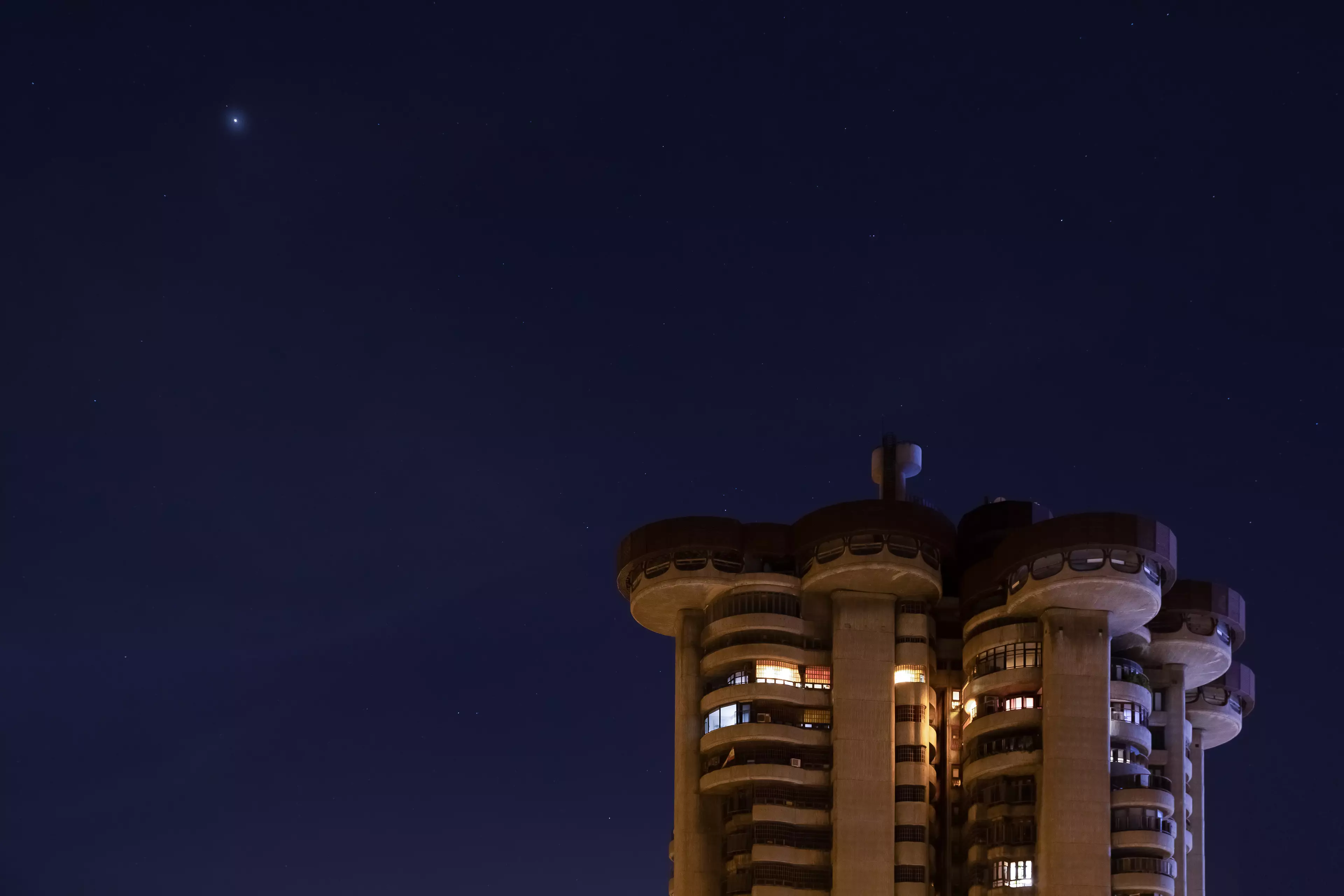
It is believed that Uranus (the word that will never get old) will be positioned in between the Moon and Mars this evening.
According to EarthSky, Mars will pass 1.75 degrees to the north of Uranus on 21 January. With the Moon also wanting to share the spotlight - it'll be a rare space event.
So look out for the moon tonight - should be pretty easy to find, we manage it most nights.
Advert
Then just above it should be Mars and a few hours later another faint dot will become visible which is Uranus.
Well it'll either be Uranus or a star, in which case you can pretend.
If you're in the UK, the astrological meet up is said to be taking place at around 4.43pm, but the trio will hopefully reach their highest point at 6.06pm and will continue to be visible until 12.36am.
Mars will appear pretty bright but Uranus will be much fainter - you'll be able to tell where it is because they will be vertically aligned with Uranus between the Moon and Mars.
EarthSky reported: "The red planet Mars has dimmed over the last few months as Earth has been rushing along ahead of it in our smaller, faster orbit around the sun.
Advert
"But Mars still shines on a par with the sky's brightest stars. Given clear skies, you should have little trouble viewing Mars as that brilliant ruddy 'star' in the moon's vicinity.
"Uranus, on the other hand, is quite faint, well over 150 times fainter than Mars. Uranus is said to be the outermost of the sun's planets visible with the eye alone.

"But seeing it with the eye requires a very dark sky, and probably no moon (certainly no nearby moon).
Advert
"The interesting news is that Mars and Uranus are close together on the sky's dome, so that - theoretically - you could see Mars and Uranus in a single binocular field of view for the next week or so, if the moon weren't in the way."
We've got hope.
Featured Image Credit: ShutterstockTopics: Interesting, Community

